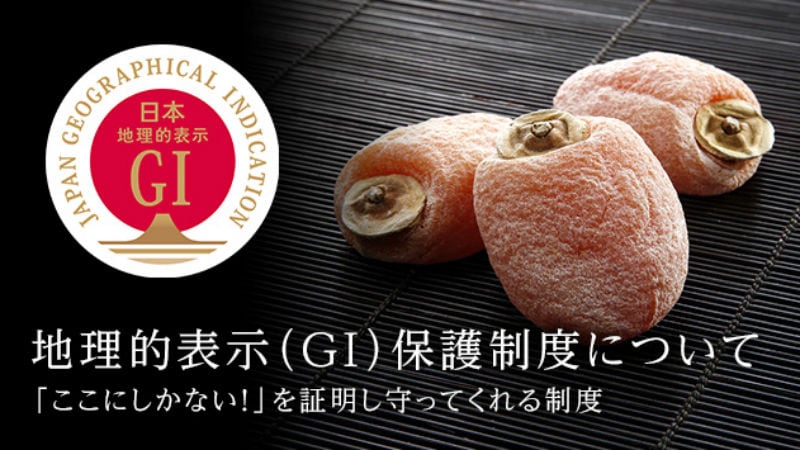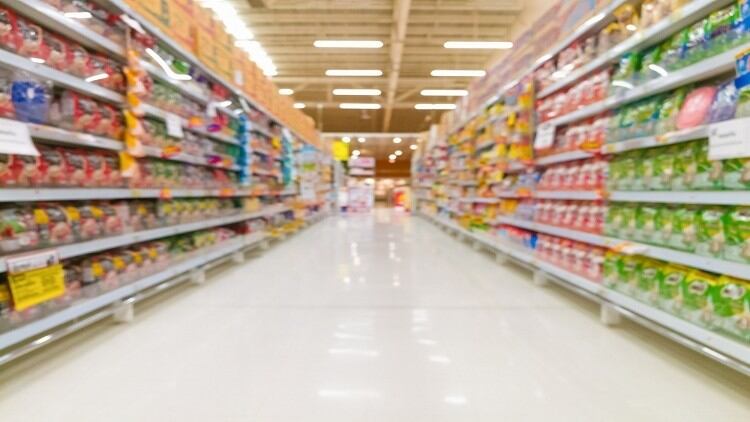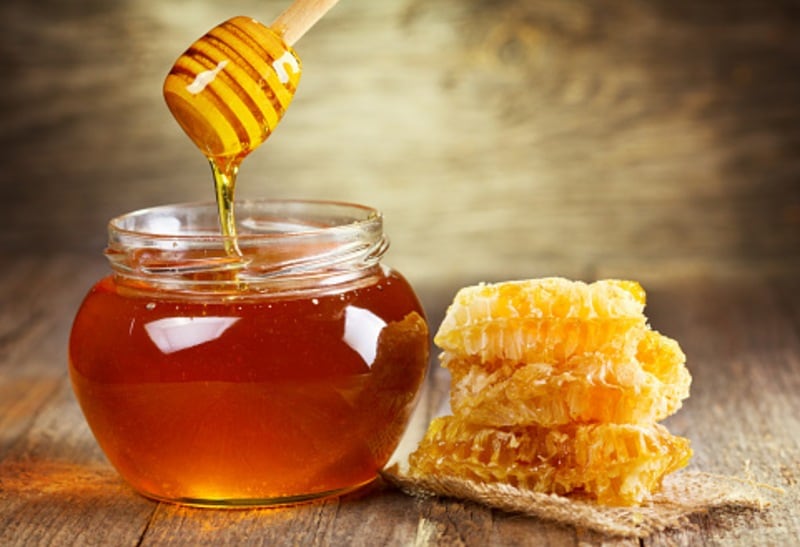The East Asian countries are amongst the most active in the Asia Pacific region in terms of registering local food items for GI protection – Both countries have well over 100 GI-registered products, with more expected to be approved this year.
Japan recently announced that it would be setting up a specialised Japan GI Protection Council in order to oversee the promotion and development of GI products in the country, to be chaired by All Japan Food Association chairman Yoshihiro Murata and comprising 91 GI-registered organisations in addition to the local food industry, related organisations and local governments as members.
“[Japan] would like to enhance the attractiveness of GI-registered products as ‘regional treasures’ via the activities of the Japan GI Protection Council,” Ministry of Agriculture, Forestry and Fisheries (MAFF) minister Kaneko Genjiro said via a video statement.
“[The council] will also work on the further development of this sector, including [measures] against origin infringement and the expansion of exports to more foreign markets.”
A separate statement from MAFF highlighted that the council will provide a clear, organised platform for related organisations to collaborate in ‘raising awareness of the GI system, expanding sales channels for all GI products, and take measures against [any] infringement, regardless of product type or region’.
“These efforts will be a collaboration of efforts from all firms involved, all the way from whether they are upstream in production to downstream in distribution,” said the ministry.
“This council will also bring in help from stakeholders in various fields where appropriate, including finance, commerce and industry, and local administration.”
In South Korea, GI protection falls under the Korean Intellectual Property Office (KIPO) and is considered a ‘neighbouring concept’ to a traditional trademark.
“[Essentially], a trademark identifies a ‘specific business subject’ providing goods or services, whereas a geographical indication identifies the ‘specific region’ or the origin of goods and/or the characteristics of a specific region that the goods possess,” KIPO explained.
“A geographical indication enables one business to exclude other competitors from using a certain mark, but unlike a trademark, it has no ‘exclusive owner’.”
Being a ‘neighbouring concept’ does not mean that the government is taking GIs any less seriously than regular trademark protection though, having specifically included GIs as part of trademark-related registration since 2005 in order to mandate adherence by firms.
“In the Republic of Korea, GIs are protected as a collective mark under the Trademark Act,” added KIPO.
“So if a product has a specific quality, reputation, or characteristic originating from the geographic characteristics of a region, such as the climate, soil, or topography of the region, or personal conditions like traditional production methods, the GI denotes the region in which the goods are produced, manufactured, and processed.”
Amongst items that are GI-protected in South Korea include Sangju dried persimmons, Jeongan chestnuts and Hanwoo beef whereas Japan’s GI-protected list includes Kobe beef, Yubari melons, Miyagi salmon and more.
Crackdowns and more
Even without the establishment of a specific GI protection council, South Korea has been very strict in its monitoring on the related country-of-origin authenticity under the National Agricultural Products Quality Management Service, particularly in the past few years, employing both digital monitoring and site checks to remove adulterated products from the market.
The service’s most recent crackdown on origin labelling took place in January 2022 ahead of the Lunar New Year holiday, when such foods tend to be in high demand.
“Prior to site crackdowns, we will use a cyber task force for pre-monitoring, particularly on online platforms and apps, to check for suspicious prices, products, producers and so on – this task force has been steadily growing in size since established in 2020 from 75 people then to around 200 people now,” said service Chairman Lee Ju-myeong.
“We also developed a specialised country-of-origin verification kit last year to tighten our checks on potential country-of-origin violations for pork [by] analysing swine fever antibody counts, as pork is also a very popular item during Lunar New Year.”
Despite these tight measures, over 3,000 companies were still found to violate country-of-origin labelling in South Korea last year – according to numbers from the Ministry of Agriculture, Food and Rural Affairs (MAFRA), the number of total surveyed companies in 2021 dropped by 3.5% compared to the previous year due to COVID-19, but the number of violations increased 4.9% to 3,115 from 2,969 in 2020.
Major products associated with the most violations included pork, beef and kimchi. Kimchi has been the subject of multiple scandals over the past year, particularly kimchi imported from China, after a disagreement between the two countries over the origins of this and food safety concerns after online circulation of a video in China showing poor handling during production.





